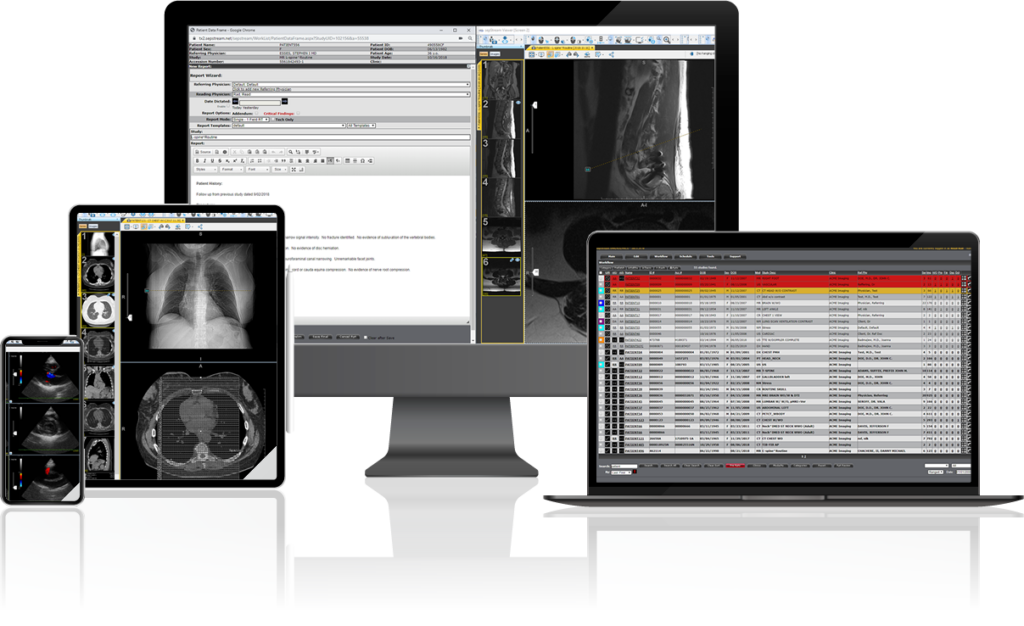In the realm of medical imaging, technology has played a crucial role in revolutionizing the way radiological data is managed and stored. Picture Archiving and Communication Systems (PACS) and Radiology Information Systems (RIS) are two essential components that have significantly improved the efficiency and effectiveness of radiology departments. This article aims to provide a comprehensive understanding of PACS and RIS, their functionalities, and their role in streamlining the workflow of healthcare providers. So, let’s delve into the world of PACS RIS and explore its various aspects.
What is PACS?
PACS, which stands for Picture Archiving and Communication System, is a medical imaging technology used to store, retrieve, and distribute medical images and related patient information. It is an integral part of modern healthcare systems, allowing healthcare providers to easily access and share medical images across different locations and departments. PACS replaces the traditional method of using film-based images, which can be time-consuming and prone to damage or loss. With PACS, medical images are digitized and stored in a central database, making them easily accessible to authorized healthcare professionals. This technology has revolutionized the way medical images are managed, providing healthcare providers with a more efficient and streamlined approach to image storage and retrieval.
Additionally, PACS allows for remote access, enabling radiologists and other healthcare professionals to view and analyze images from anywhere with an internet connection. Overall, PACS has greatly improved the efficiency and effectiveness of medical imaging, leading to better patient care and outcomes.
What are the key components of PACS?
– Imaging modalities
– PACS server
– Workstations and viewer software
– Archiving and backup systems
– Network Infrastructure
How does PACS enhance the radiology workflow?
– Efficient image acquisition and storage
– Quick retrieval and viewing of images
– Seamless image sharing and collaboration
– Integration with other healthcare systems
What is RIS?
RIS, or Radiology Information System, is a digital database used in healthcare facilities to manage and store radiology data. It is a critical component of the radiology department, facilitating the workflow of radiologists and other healthcare professionals. RIS allows for the electronic management of patient information, scheduling of appointments, tracking of radiology procedures, and storage of images and reports. By integrating with Picture Archiving and Communication Systems (PACS), RIS enables seamless access and sharing of patient data and images across different healthcare providers. This improves efficiency, accuracy, and collaboration in the diagnosis and treatment of patients. RIS also generates statistical reports, providing valuable insights into the utilization of radiology services and contributing to better resource allocation and decision-making. In summary, RIS plays a vital role in streamlining radiology operations, enhancing patient care, and advancing medical imaging technology.
How does RIS complement PACS?
– Order management and tracking
– Appointment scheduling and resource allocation
– Reporting and documentation
– Billing and administrative functions

What are the benefits of PACS RIS?
– Improved diagnostic accuracy and patient care
– Time and cost savings
– Enhanced workflow efficiency
– Reduced physical storage requirements
How does PACS RIS ensure data security and privacy?
– Access controls and user authentication
– Encryption and secure transmission of data
– Compliance with HIPAA regulations
– Disaster recovery and backup strategies
Conclusion
PACS RIS has revolutionized the field of radiology by providing a seamless and efficient solution for managing medical imaging data. The integration of PACS and RIS allows healthcare providers to streamline their workflow, improve patient care, and optimize resource utilization. With the ability to store, retrieve, and share digital images, PACS RIS has transformed the way radiological information is handled, offering numerous benefits such as improved diagnostic accuracy, time and cost savings, and enhanced workflow efficiency. Moreover, the robust security measures implemented in PACS RIS ensure the confidentiality, integrity, and availability of patient data, thus safeguarding patient privacy and compliance with regulatory requirements. As technology continues to advance, PACS RIS will undoubtedly play an increasingly critical role in the future of medical imaging.

